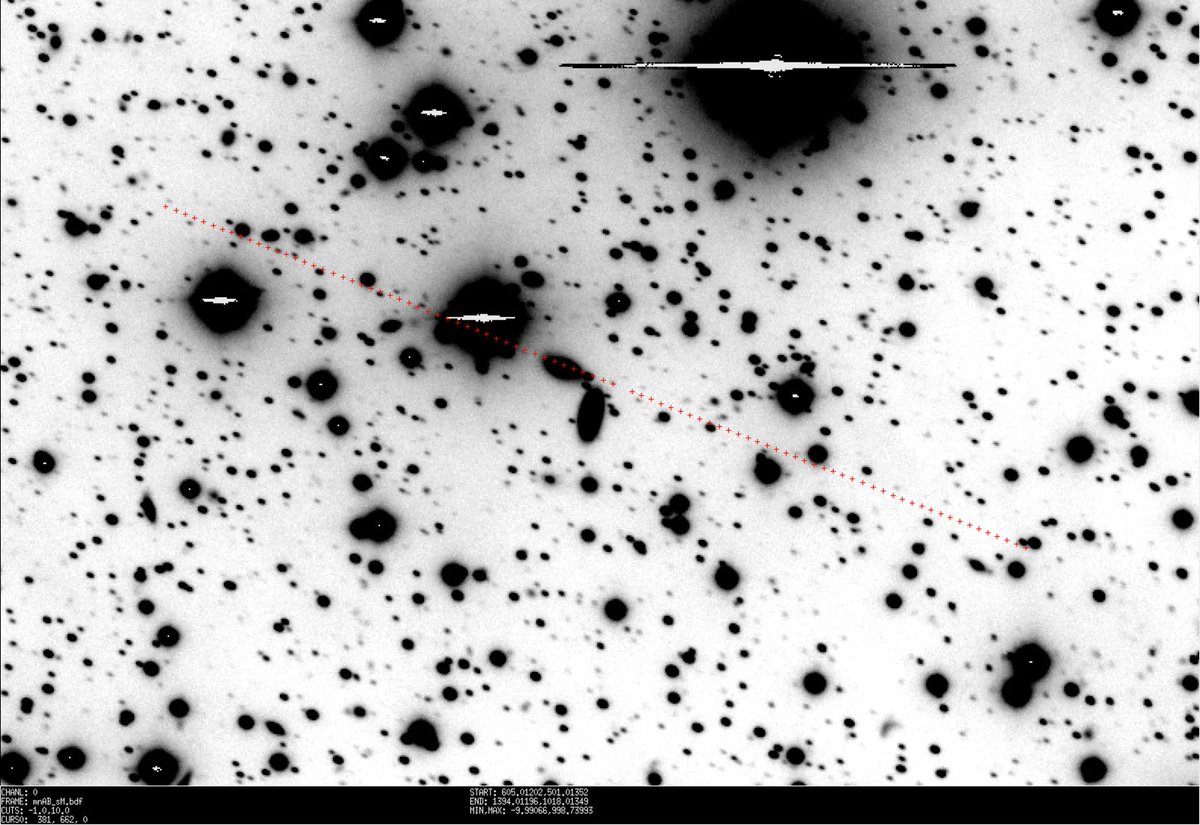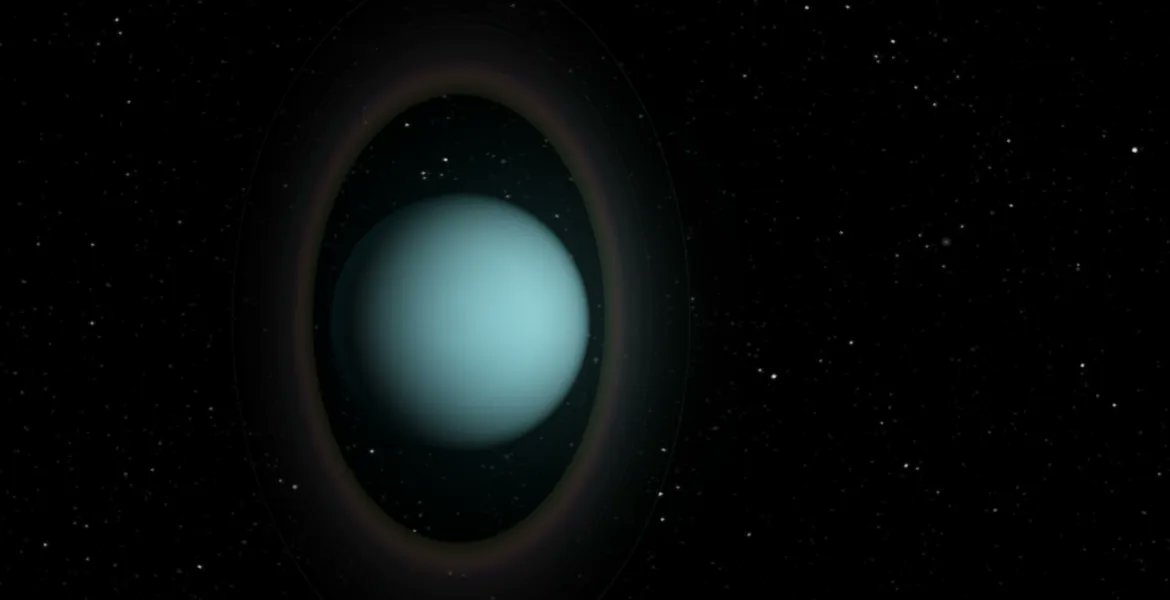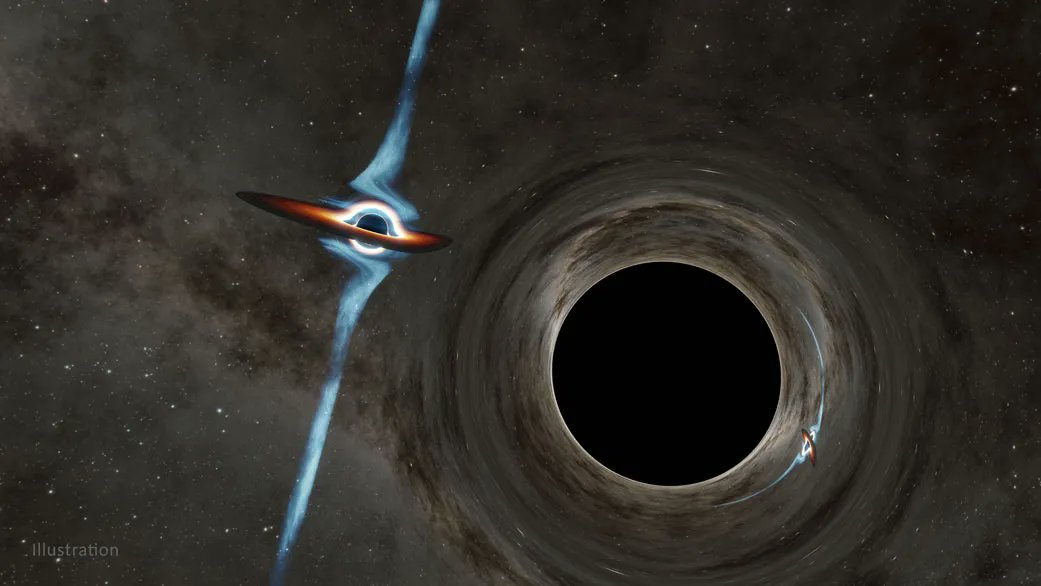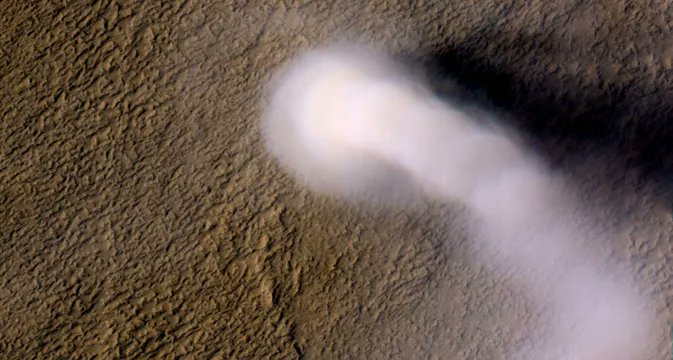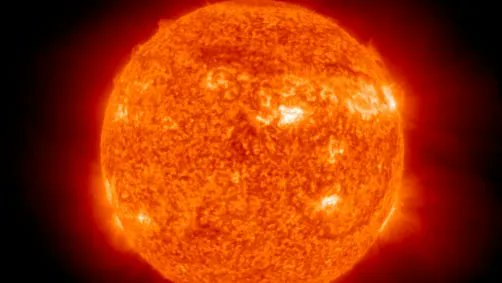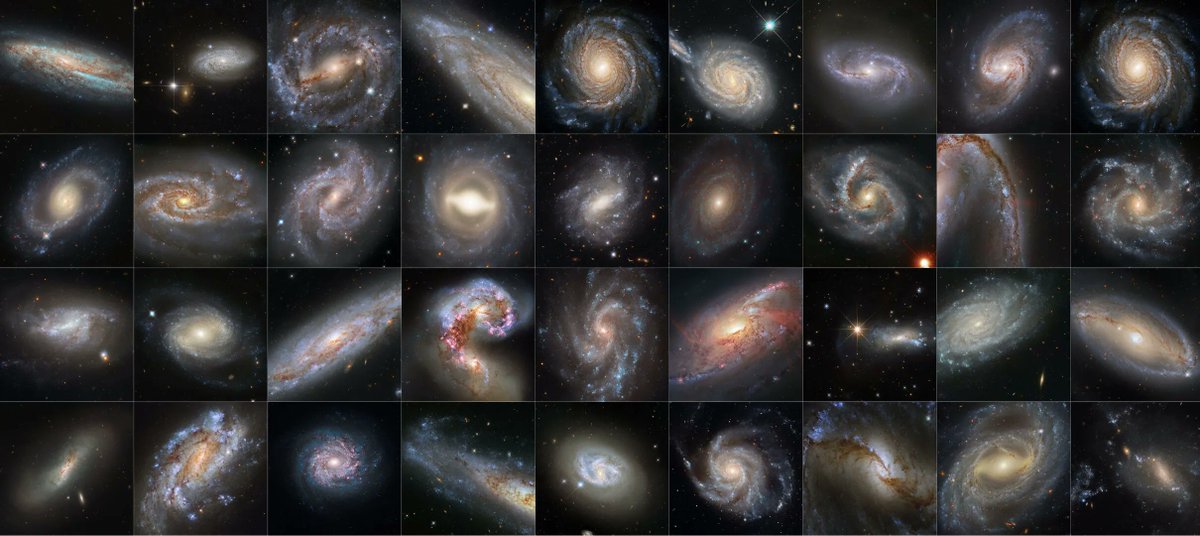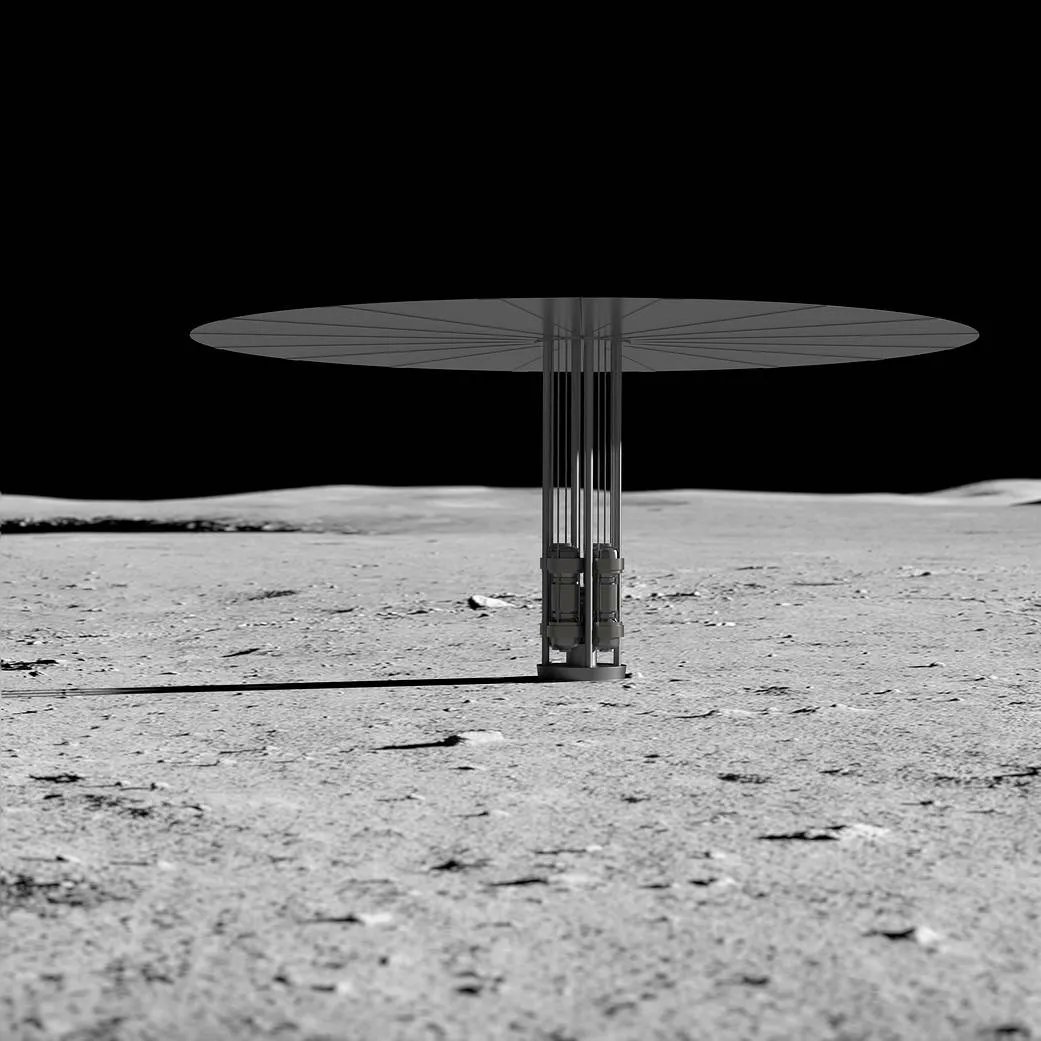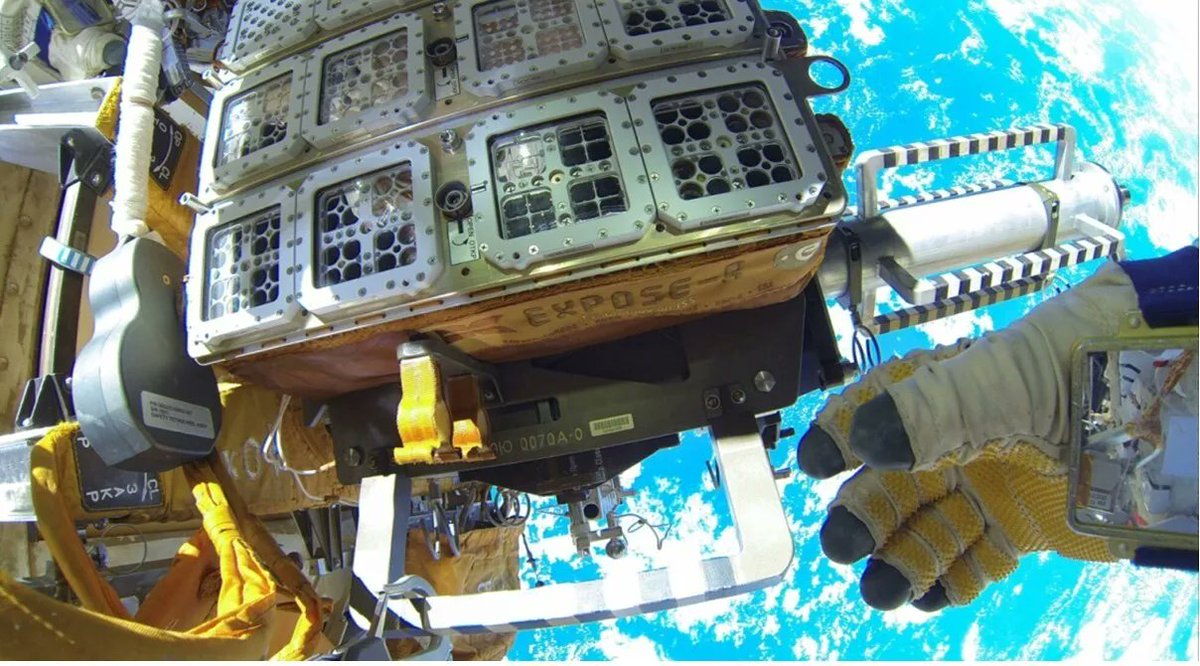It’s comforting to know that there are people who are literally paid to watch the night sky to ensure that at least we’ll be informed if an asteroid will hit the Earth. Technology and near-Earth surveys have become advanced enough that the likelihood of a planet-killer-sized asteroid coming out of nowhere, as is so prevalent in modern media depictions, is extremely unlikely. Even smaller ones, which would only wipe out a city or part of a continent, get enough attention to tell if they pose a threat or not. And in advance of Asteroid Day 2022, which happened on June 30th, ESA is proud to announce they were able to remove one of the most threatening asteroids from their potential impact list.
Continue reading “The Most Threatening Asteroid Just got Downgraded to “Harmless”. No Impact in 2052″The Case is Building That Colliding Neutron Stars Create Magnetars
Magnetars are some of the most fascinating astronomical objects. One teaspoon of the stuff they are made out of would weigh almost one billion tons, and they have magnetic fields that are hundreds of millions of times more powerful than any magnetic that exists today on Earth. But we don’t know much about how they form. A new paper points to one possible source – mergers of neutron stars.
Continue reading “The Case is Building That Colliding Neutron Stars Create Magnetars”The Rings of Uranus and Neptune Could Help map Their Interiors
Mapping the interior of the ice giants is difficult, to say the least. Not only are they far away and therefore harder to observe, but their constant ice cover makes it extremely hard to detect what lies underneath. So scientists must devise more ingenious ways to see what’s inside them. A team from the University of Idaho, Cal Tech, Reed College, and the University of Arizona think they might have come up with a way – to look at the structure of Neptunes’ and Uranus’ rings.
Continue reading “The Rings of Uranus and Neptune Could Help map Their Interiors”Gaia Could Detect Free-Floating Black Holes Passing Near Stars in the Milky Way
The thing with black holes is they’re hard to see. Typically we can only detect their presence when we can detect their gravitational pull. And if there are rogue black holes simply traveling throughout the galaxy and not tied to another luminous astronomical, it would be fiendishly hard to detect them. But now we have a new potential data set to do so.
Gaia just released its massive 3rd data set that contains astrometry data for over 1.5 billion stars, about 1% of the total number of stars in the galaxy. According to a new paper by Jeff Andrews of the University of Florida and Northwestern University, it might be possible for Gaia to detect perturbances caused by a rogue black hole briefly interacting with one of the 1.5 billion stars in the catalog. Unfortunately, it’s just not very likely that any such interaction actually took place during Gaia’s observing time.
Continue reading “Gaia Could Detect Free-Floating Black Holes Passing Near Stars in the Milky Way”Dust Devils and Strong Winds Produce the Constant Haze on Mars
Dust is an everyday feature on Mars and wreaks havoc on various pieces of equipment humans decide to send to it, such as Insight’s continual loss of power or the losses of Opportunity and Spirit. But we’ve never really understood what causes the dust to get up into the air in the first place. That equipment that is so affected by it usually isn’t set up to monitor it, or if it is, it has been sent to a place where there isn’t much dust, to begin with. Now, that has changed with new readings from Perseverance in Jerezo crater, and the answer shouldn’t be much of a surprise – dust devils seem to cause some of the dust in the atmosphere on Mars. But strong winds contribute a significant amount too.
Continue reading “Dust Devils and Strong Winds Produce the Constant Haze on Mars”Giant Sunspot AR3038 has Doubled in Size and is Pointed Right at Earth. Could be Auroras Coming
Sunspots are typically no real reason to worry, even if they double in size overnight and grow to twice the size of the Earth itself. That’s just what happened with Active Region 3038 (AR3038), a sunspot that happens to be facing Earth and could produce some minor solar flares. While there’s no cause for concern, that does mean a potentially exciting event could happen – spectacular auroras.
Continue reading “Giant Sunspot AR3038 has Doubled in Size and is Pointed Right at Earth. Could be Auroras Coming”Supernovae Were Discovered in all These Galaxies
The Hubble space telescope has provided some of the most spectacular astronomical pictures ever taken. Some of them have even been used to confirm the value of another Hubble – the constant that determines the speed of expansion of the Universe. Now, in what Nobel laureate Adam Reiss calls Hubble’s “magnum opus,” scientists have released a series of spectacular spiral galaxies that have helped pinpoint that expansion constant – and it’s not what they expected.
Continue reading “Supernovae Were Discovered in all These Galaxies”VY Canis Majoris is Dying, and Astronomers are Watching
Three-dimensional models of astronomical objects can be ridiculously complex. They can range from black holes that light doesn’t even escape to the literal size of the universe and everything in between. But not every object has received the attention needed to develop a complete model of it, but we can officially add another highly complex model to our lists. Astronomers at the University of Arizona have developed a model of VY Canis Majoris, a red hypergiant that is quite possibly the largest star in the Milky Way. And they’re going to use that model to predict how it will die.
Continue reading “VY Canis Majoris is Dying, and Astronomers are Watching”NASA Funds the Development of a Nuclear Reactor on the Moon That Would Last for 10 Years
If NASA’s Artemis project to return to the Moon permanently is going to succeed, it will need a lot of power. Shipping traditional fossil fuels up there is impractical, and surface solar cells won’t work for the two weeks that a given side of the Moon is shadowed. So the best option may be to set up a nuclear power station. NASA solicited some ideas along those lines with a preliminary design request for proposal – and they recently announced that three groups would each receive $5 million to develop preliminary designs for surface-based lunar fission reactors.
Continue reading “NASA Funds the Development of a Nuclear Reactor on the Moon That Would Last for 10 Years”If Bacteria Drink Kombucha, They Stand a Better Chance of Survival on Mars
Tea is useful for all kinds of things, including caffeinating plenty of writers worldwide. There are also many varieties of it, some of which advocates claim to have superpowers regarding the health benefits they grant. Kombucha is one of those – originally thought to have originated in China, it has become adopted worldwide in no small part because of innumerable, dubious “health benefits” of the drink. But now, scientists did find one potential health benefit, at least to bacteria – eating kombucha culture would help them survive on Mars.
Continue reading “If Bacteria Drink Kombucha, They Stand a Better Chance of Survival on Mars”
